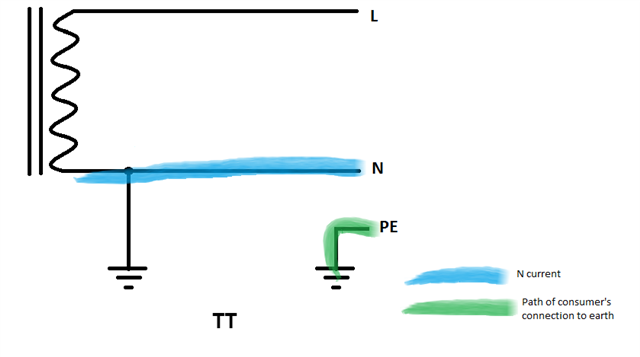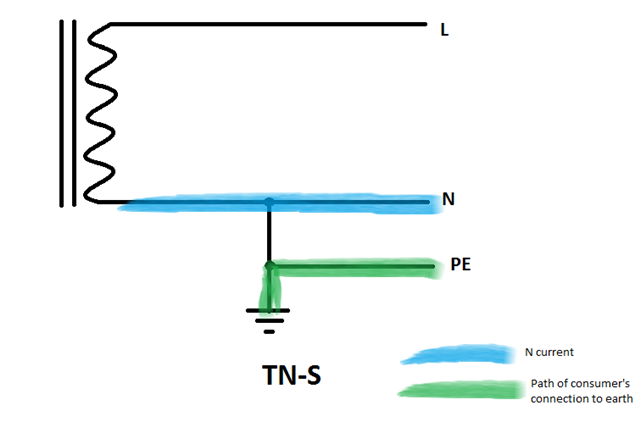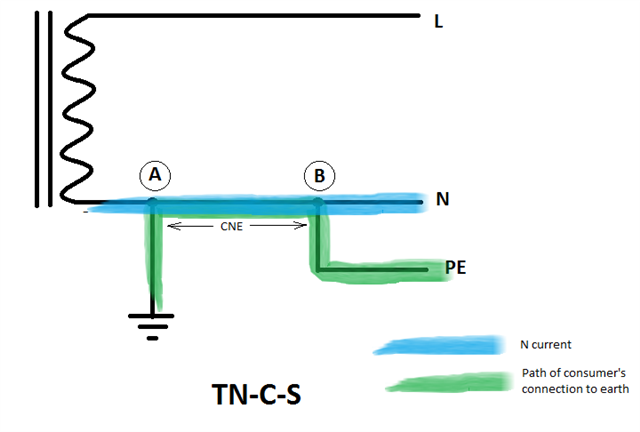So, we have a private HV network on site that feeds feeder pillars and LV switchboards as a TN-S system.
I have multiple locations where I think there are neutral earth links that shouldn't be there, but even though it doesn't "feel" right to me, especially when I see 26 amps going down the earth conductor and only 16 amps going down the neutral in one particular place.
Example one - TP+N from TX into new feeder pillar which then feeds onto an old feeder pillar - neutral earth links in both, and they are only 2 metres away from each other. One of these fuseways then feeds a building that has another neutral earth link in the switchpanel.
Example two - TP+N from TX into LV switchpanel (ACBs and MCCBs) which then feed two separate feeder pillars - both which have neutral earth links in them. Although I haven't seen it myself, I am guessing that the LV switchpanel has it's own neutral earth link too.
I hope it's not correct, as I just don't see how it can be, but always willing to learn!!




